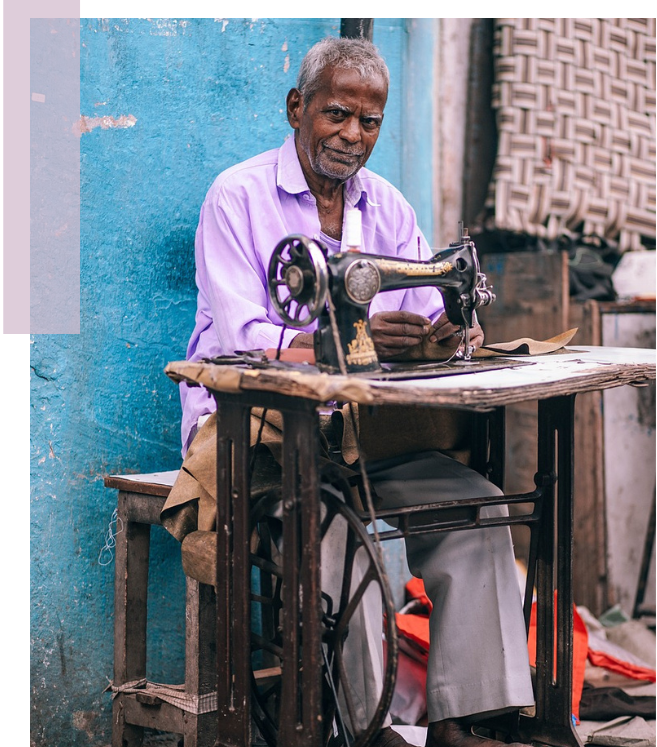
…Sustainability is becoming increasingly important in fashion
Why not talk about fashion? After all, this also affects the event industry in the areas of workwear and merchandising! Actually, when you hear the keywords fashion and sustainability, you immediately have certain images in your head. Opaque production chains, poor working conditions or long transport routes are just a few aspects that are included in the equation. For some time now, however, there has been a change in social perception: People are taking a closer look at what’s hanging on the hanger! Treating the planet and its inhabitants with respect was promoted from the sidelines to the center of the discussion.

Fast Fashion vs Slow Fashion
Basically, one can say that in fast fashion, much higher quantities are used than in slow fashion. Fast fashion is very trend-oriented, short-lived, and very cheap, whereas slow fashion is more timeless and therefore fashionable for longer. In terms of quality, slow fashion products are often more expensive, but more durable than fast fashion. The very unequal distribution of profits in fast fashion, where fashion is produced as cheaply as possible, often means that the environment in the country of production and, above all, the employees suffer. Little by little you can see a shift from fast to slow fashion. More slow fashion brands enter the market, and it is expected that more and more bigger brands will switch to better quality, fairer working conditions, and timeless clothing.
Biological Materials
The next time you buy clothes, you should pay attention to environmentally friendly materials that are either plant-based and come from controlled organic cultivation or are made from recycled material. This choice also has an immense impact on resource consumption during production.
Environmental Protection & Animal Welfare
Many brands are slowly abandoning animal-based materials. First and foremost, the fur, which used to be a status symbol and is now at least frowned upon. But there is more. Manufacturers are increasingly turning to vegan materials and are using innovative materials such as tree leather to replace the conventional product.


Social Justice
Fair working conditions and remuneration have long been the focus of discussions about the further development of the fashion industry. Thanks to the Supply Chain Due Diligence Act that is now in force, human rights and the environment are better protected in the global economy. In the future, suppliers must be checked for compliance with human rights and environmental standards.
Fewer Pollutants
In the production of sustainable clothing, the raw materials are treated with less harmful substances than in the production of fast fashion. The environment, workers and consumers all benefit from the reduced use of toxic substances.
Tips For Everyday Life
The best way to start is to clear out your closet! One is often overwhelmed by what has accumulated over the years that one actually loses track of it. You should keep what you wear often and like and only buy things that complement the repertoire in your closet. It doesn’t hurt to question consumption a little! Does the purchase make sense? Do you still see yourself in this garment in two years? You should pay attention to washing and care tips and avoid using fabric softeners and dryers if possible. Both make clothing more supple, but damage it in the long term. And of course, repairing clothes is much more sustainable than replacing everything immediately. Whether it’s sewing on a button, darning holes, or perhaps having something that has become too small altered… these are beautiful old traditions that should be revived!










